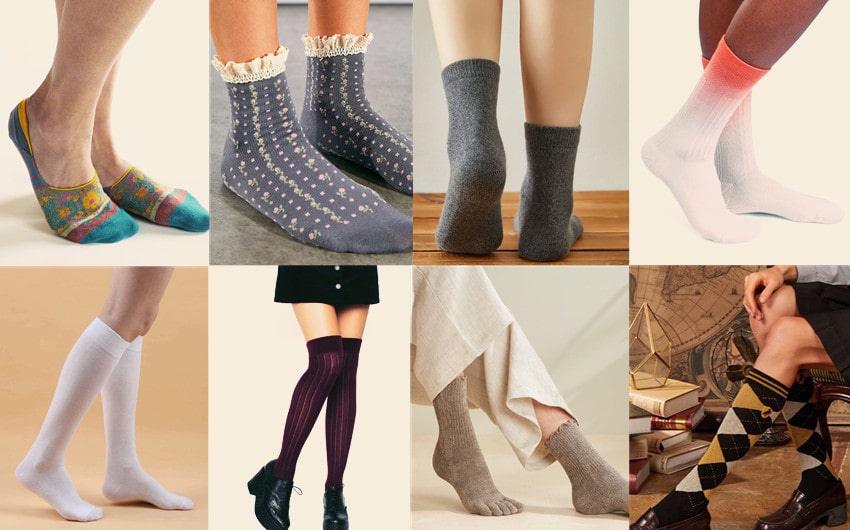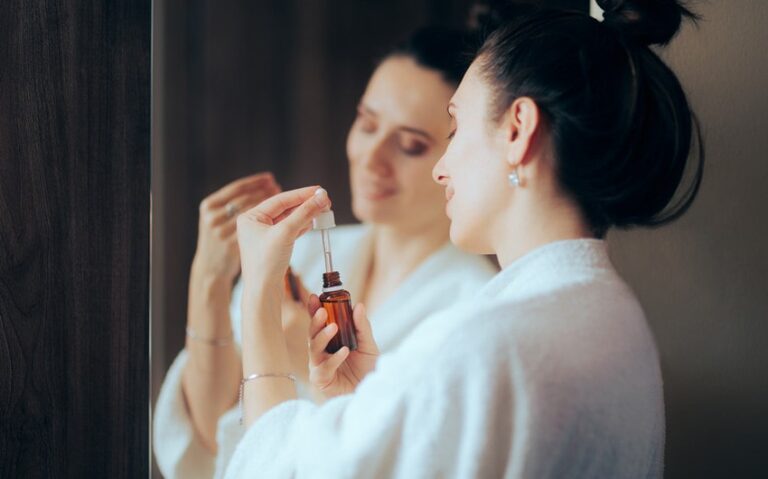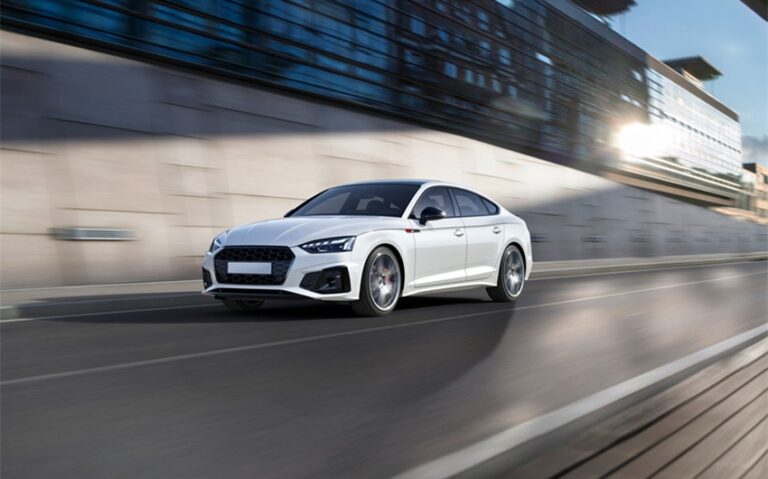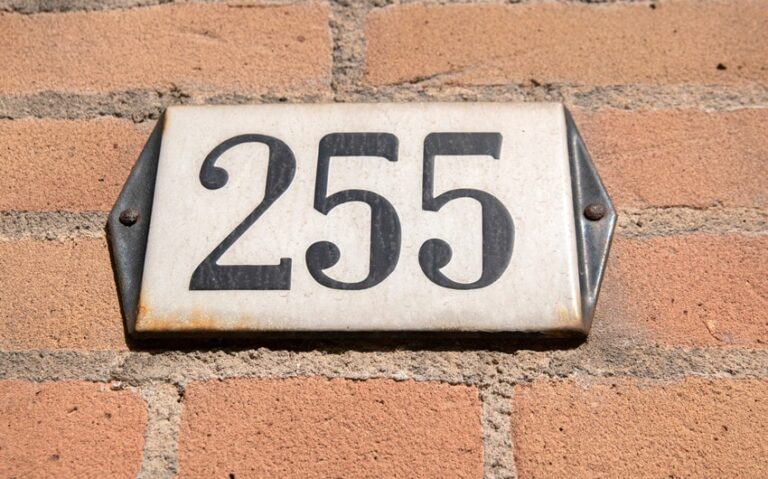Discover Different Types of Socks for Various Lifestyle Needs
Socks are more than just a wardrobe staple—they’re a crucial part of our daily comfort and style. Whether you’re suiting up for a run, heading to work, or lounging at home, the right types of socks can make all the difference.
With various lengths, materials, and purposes, each type of sock serves a unique role in keeping our feet protected and comfortable. In this article, we’ll dive into the different socks available, helping you choose the perfect pair to match your needs and activities. Get ready to step up your sock game!
Basic Types of Socks
1. No-Show Socks
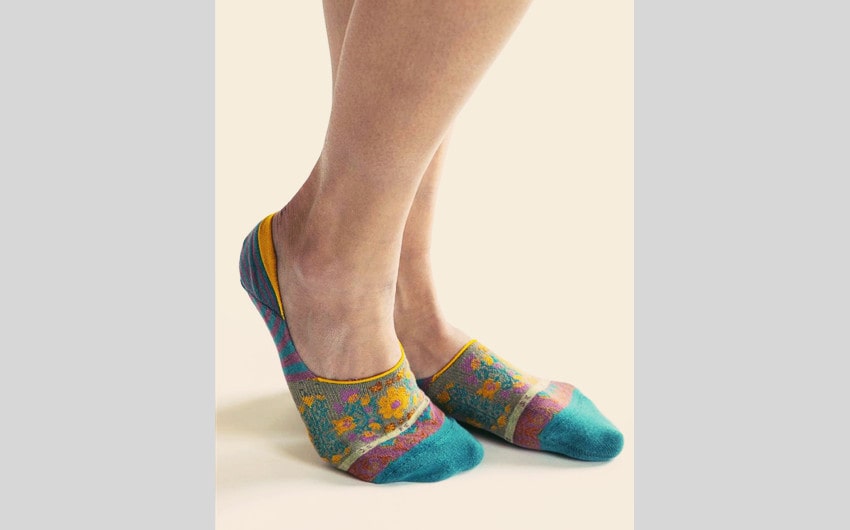
Image source: Pinterest
These socks are designed to give an invisible look while still providing protection and comfort. Ideal for wearing with low-profile shoes, they cover just below the ankle and remain out of sight, perfect for fashion-forward individuals who prefer a bare-ankle aesthetic with loafers, boat shoes, or sneakers.
2. Ankle Socks

Image source: Pinterest
Ankle socks cover the entire foot and extend to the ankle, slightly above it. They offer more coverage than no-show socks, protecting against shoe rub and blisters during active use. Their versatility makes them a favorite for sports and casual wear, matching well with a variety of athletic and everyday shoes.
3. Quarter Socks
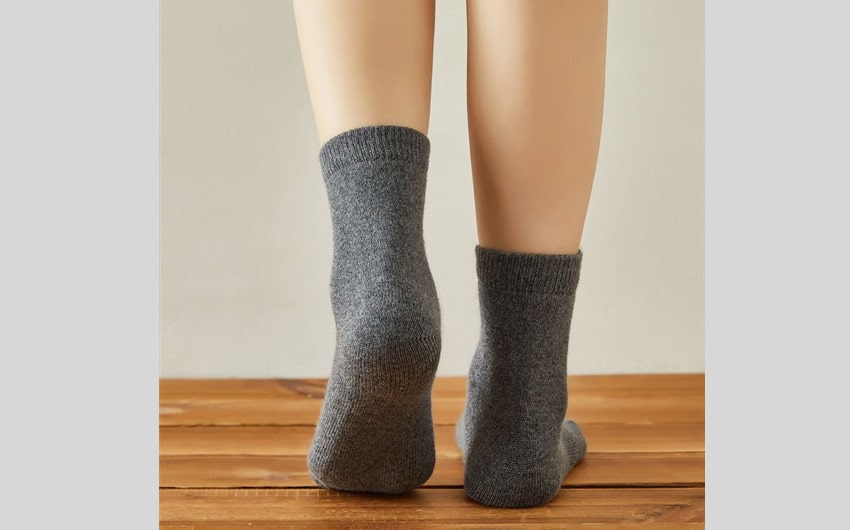
Image source: Pinterest
Quarter socks extend just above the ankle, covering more of the lower leg than ankle socks. They offer extra protection and are preferred by athletes for reducing blisters around the ankle bone during vigorous activities. Their length makes them suitable for wearing with higher-top shoes, providing both comfort and discrete coverage.
4. Crew Socks
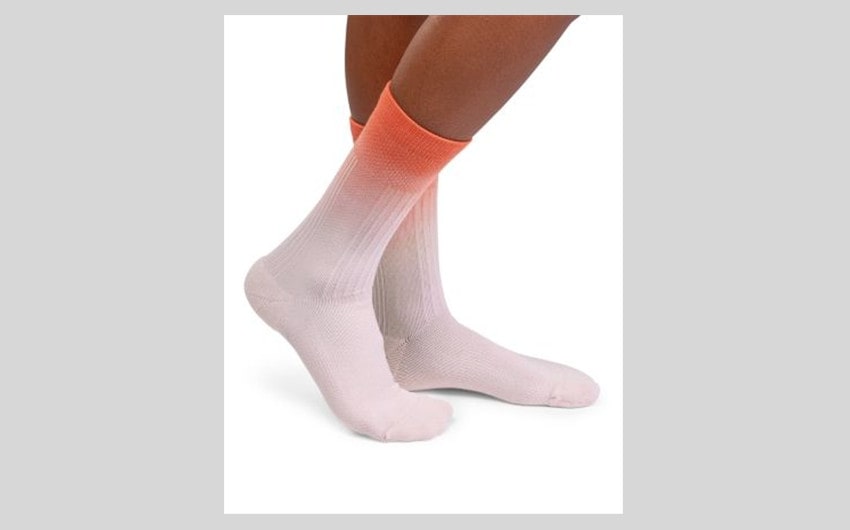
Image source: Pinterest
Crew socks rise to about mid-calf, making them excellent for daily wear under trousers or jeans. They provide ample coverage and warmth, making them suitable for a range of activities from professional settings to leisure. Available in countless colors and patterns, crew socks can also be a stylish statement piece in casual outfits.
5. Mid-Calf Socks
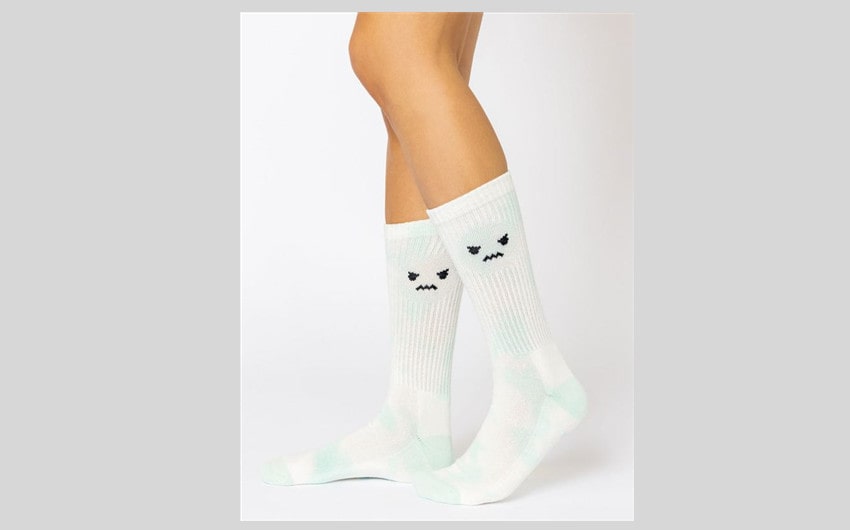
Image source: Pinterest
Mid-calf socks provide coverage up to the middle of the calf, offering a balance between warmth and comfort without being as high as knee-high socks. They are versatile enough for both formal and casual settings, and their extended length makes them ideal for wearing with boots, complementing a variety of personal styles.
6. Over-the-Calf Socks
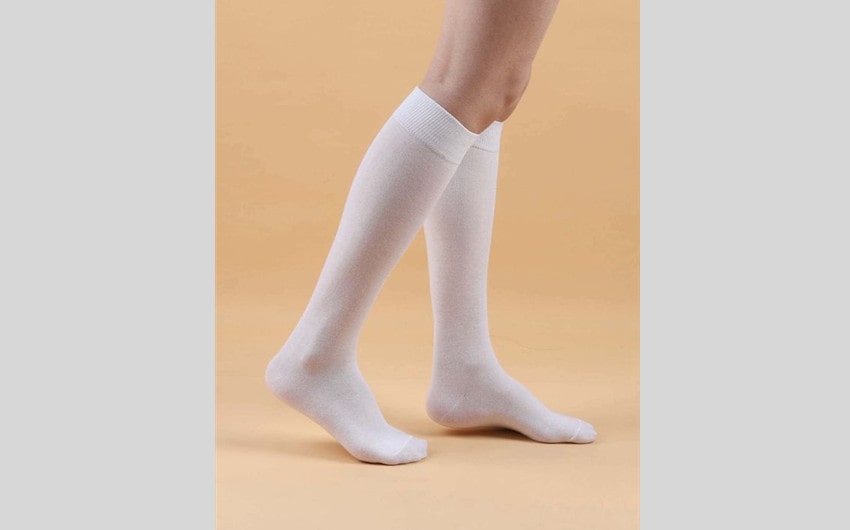
Image source: Pinterest
Over-the-calf socks offer full coverage up to just above the calf, ensuring they stay in place throughout the day. They are a popular choice in professional environments where maintaining a polished appearance is essential. These socks are also favored in colder climates for their added warmth.
7. Knee-High Socks
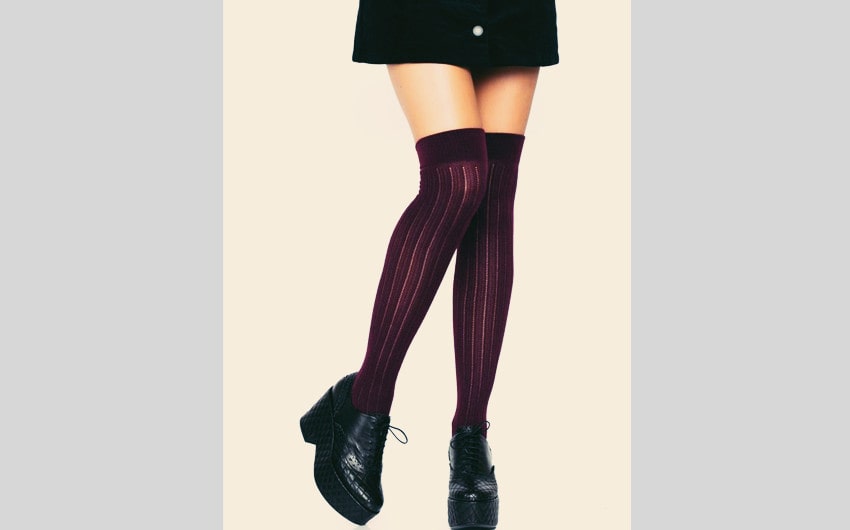
Image source: Pinterest
Extending just below the knee, knee-high socks offer significant coverage and warmth, making them ideal for colder weather. They can be worn for fashion, providing a classic look with skirts and dresses, or for added warmth under boots. Additionally, knee-highs can serve as compression socks in athletic or medical settings to enhance circulation.
8. Toe Socks
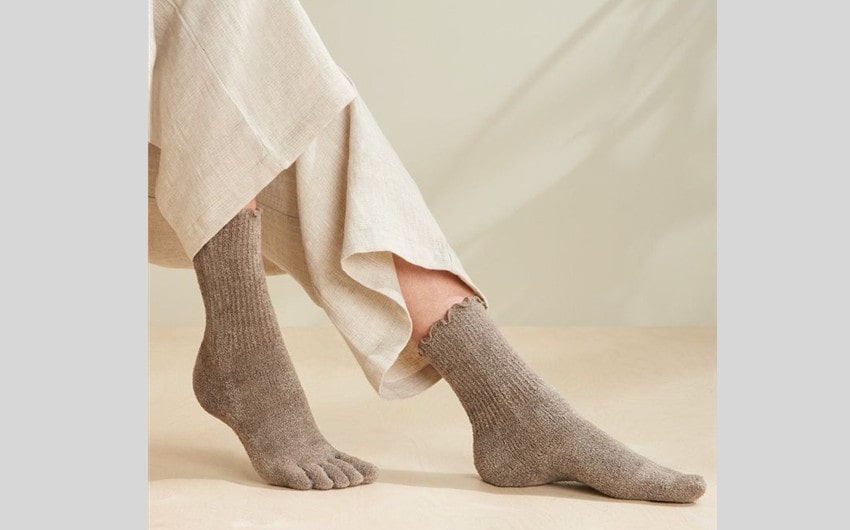
Image source: Pinterest
Toe socks encase each toe individually, similar to a glove for the feet. This design helps reduce friction between toes, enhancing comfort and preventing blisters, particularly during extended walking or running. They are also used for toe alignment and health, improving balance and grip in activities like yoga and pilates.
Specialty Socks
1. Compression Socks
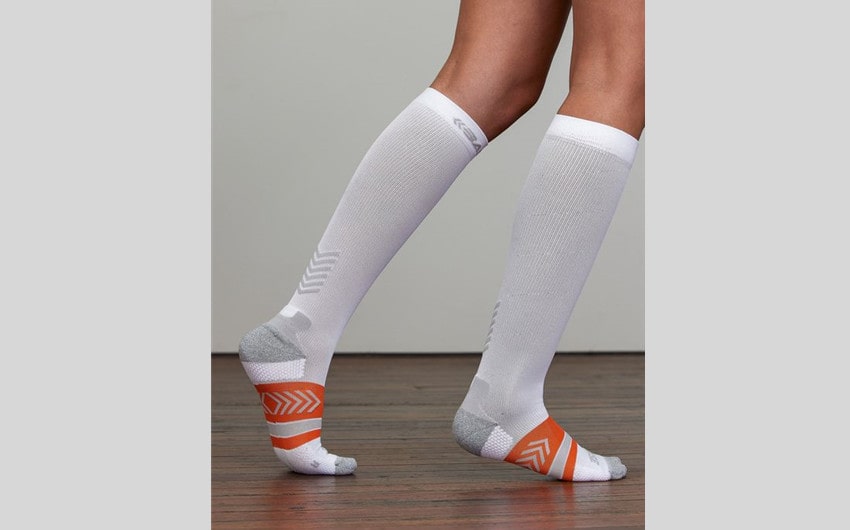
Image source: Pinterest
Compression socks are engineered to promote circulation and reduce swelling, particularly beneficial for athletes, pregnant women, and those who stand for extended periods. They are designed to support the lower legs and feet during high endurance activities or long hours of immobility.
2. Slipper Socks
Slipper socks are designed for indoor use, offering the warmth and comfort of slippers with the snug, secure fit of socks. They are often made with thicker materials and feature grippy soles to prevent slipping on hardwood or tile floors. Perfect for cozy evenings at home.
3. Diabetic Socks
Specifically designed for those with diabetes, these socks are made without elastic and are non-constricting to improve blood flow. They also feature moisture-wicking properties to keep feet dry, helping to prevent infections and blisters.
4. Waterproof Socks
Waterproof socks are made with a special membrane that keeps feet dry in wet conditions, ideal for hiking, fishing, or cycling in rainy weather. They help to prevent fungal infections and keep feet comfortable regardless of external conditions.
5. Heated Socks
Heated socks are battery-operated or chargeable, providing additional warmth to the feet in cold conditions. Ideal for skiing, mountain climbing, or just braving the winter chill, they help maintain circulation and comfort in extreme temperatures.
Athletic Socks
1. Running Socks

Image source: Pinterest
Specifically designed for runners, these socks offer features such as padding in the heel and toe areas, moisture-wicking fabrics to keep feet dry, and mesh zones for breathability. They help in reducing friction and preventing blisters during long runs.
2. Cycling Socks
Cycling socks are typically thin and lightweight, made from moisture-wicking materials to keep feet dry and comfortable during long rides. Some versions include compression to improve performance and reduce the risk of cramps.
3. Hiking Socks
These socks are thicker for better cushioning and protection against harsh terrain. They are often made from wool or a wool blend for optimal temperature regulation and moisture management, essential for long treks.
4. Basketball Socks
Designed to provide extra padding in high-impact areas, basketball socks can help absorb shock during jumps and quick movements. They often come up higher to provide ankle support and are made from thick, breathable materials.
5. Soccer Socks
Soccer socks are long, designed to cover the shin guards that players are required to wear. They are typically cushioned for comfort and equipped with moisture-wicking properties to manage sweat during intense gameplay.
Socks for Formal Wear
1. Argyle Socks
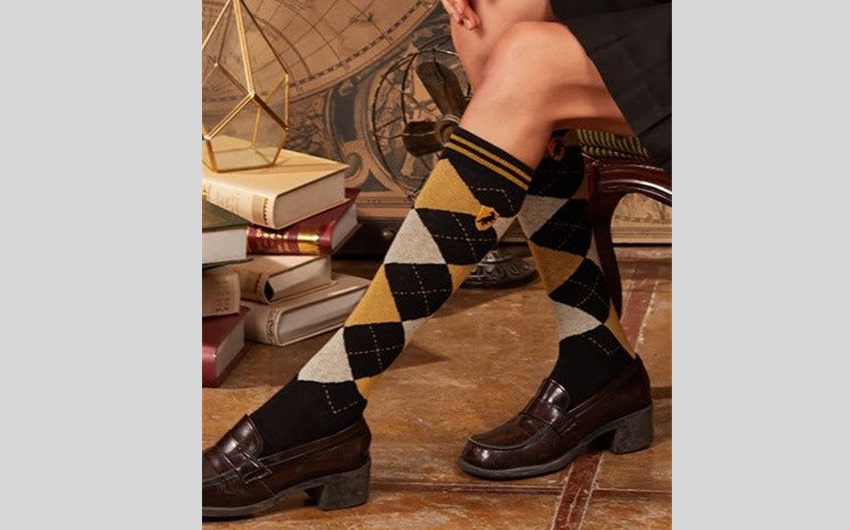
Image source: Pinterest
For those looking to introduce a touch of personality to their formal wear without going overboard, argyle socks are a perfect choice. Featuring a diamond-shaped pattern, these socks are traditionally considered a part of the classic wardrobe. They pair well with dress shoes and can coordinate with elements of one’s attire, such as a tie or pocket square, to create a cohesive and stylish look.
2. Dress Socks
Dress socks are essential for a polished, professional look. Typically made from finer materials such as silk, mercerized cotton, or fine wool, they offer a sleek appearance and subtle sheen that complements dress shoes.
These socks are thinner than everyday socks, allowing for a more comfortable fit within dress shoes. They often come in classic colors like black, navy, gray, and brown, but are also available in patterns and colors that can add a discreet pop of style to a formal outfit.
3. Silk Socks
Silk socks are a luxury option ideal for high-end events and occasions where dressing to impress is crucial. They provide a lightweight, almost imperceptible feel, offering supreme comfort and an elegant finish. Silk socks are perfect for wearing with high-quality dress shoes and tailored suits, enhancing the overall sophistication of formal attire.
Material-Based Classification
1. Cotton Socks

Image source: Pinterest
Cotton socks are known for their softness, breathability, and comfort, making them a popular choice for everyday wear. They absorb moisture, which helps keep feet dry and comfortable in warm conditions. However, because they retain moisture, they might not be the best choice for intense physical activities. They are available in a wide range of colors and styles, making them versatile for both casual and formal settings.
2. Wool Socks
Wool socks are excellent for colder weather due to their insulating properties. Wool naturally regulates temperature, keeping feet warm in winter and cool in summer. It also has moisture-wicking capabilities and odor resistance, making it suitable for outdoor activities and long wear periods. Merino wool, in particular, is a finer, softer type of wool that is not itchy and provides additional comfort.
3. Synthetic Socks
Synthetic materials like polyester, nylon, and spandex are commonly used in sock manufacturing. These materials are known for their durability, stretch, and moisture-wicking properties. Synthetic socks are often designed for athletic wear because they help keep feet dry and are less likely to cause blisters compared to cotton socks. They also maintain their shape and are colorfast, which means they don’t fade as quickly as natural fibers.
4. Bamboo Socks
Bamboo socks are becoming increasingly popular due to their eco-friendly nature and exceptional softness. Bamboo fabric is breathable, hypoallergenic, and moisture-wicking, which helps to keep feet dry and comfortable. It also has natural antibacterial properties, reducing odor and keeping feet fresher longer. These socks are ideal for those with sensitive skin.
5. Cashmere Socks
Cashmere socks offer supreme softness and warmth without the bulkiness of traditional wool. They are typically more expensive due to the fine natural fibers used in their production. Cashmere socks are ideal for those looking to combine comfort with luxury in their footwear, suitable for both casual luxury wear and cozy, stylish lounging at home.

